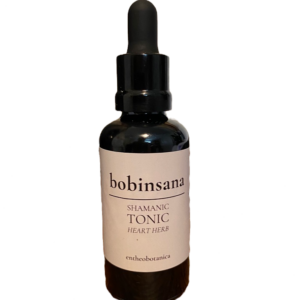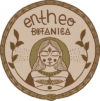“The flowers that cause vertigo, the beautiful narcotic flowers.” Nymphaea, also known as the Blue Water Lily or Blue Lotus (though it is not a lotus), has roots in Africa, in both the Northern Nile region and Southern Cape, and is used worldwide.
This extract combines water lily flowers and stamens for a full power floral aphrodisiac dream enhancer.
Drunk traditionally in alcohol or as a tea, the plant may increase sexual playfulness, energise, sedate, tonify the digestive and reproductive tracts, and mildly increase dream activity. It can also be smoked. The bulbs and roots of some Nymphaeae species have been documented to contain nuciferine, apomorphine and aporphine (which hydrolises into apomorphine in the body). These show selective dopamine agonist properties specifically in the hypothalamus, which can aid in smooth muscle relaxation and vasodilation in regards to erectile dysfunction, further accentuating its role as a gender-neutral tonic.
The waterlily is both mucilaginous and astringent, meaning it is balancing to the fluids of the body, whether they are in deficiency or excess; it is also relaxing to the parasympathetic nervous system. It specifically helps with female reproductive organs cleanse the tissues, useful in hormonal issues or fertility preparation. It also used in Ayurvedic medicine for its astringent properties on the gut, including aiding in treating diarrhoea, dyspepsia, urinary tract problems, and even calming feverish states or heart palpitations.
Motifs throughout Egyptian & Mayan cultures reveal a similarly sacred, divinatory and erotic use of the plant, suggesting the Nymph to be an entheogenic empathogen inducing purifying and ecstatic states.
This is an Old World narcotic, depicted in The Scroll of Ani (Egyptian Book of the Dead) alongside Papaver somniferum and mandragora, an hallucinogenic mandrake with anticholinergic properties. Likewise in Mayan frescoes the Nymph is depicted with magick, involved with rites of passage, priestliness, and passages between life death. Misunderstood throughout history the Nymph has become misrepresented as a global token of feminine fertility, when more accurately it’s gender-fluid nature shows the adaptability tonifying power of the plant.
In some Northern American traditions, the waterlilies were associated with the underwater serpent, and therefore with the ability to see in different realms. Some theories now consider that it is possible the waterlily may have even been the Soma written about in ancient Vedic records. The purplish blue colouring of the blue water lily, suggests it is supportive to the Ajna, or third eye chakra, the Vishuddha or throat chakra, and the Sahasrara, or crown chakra. The Yellow colouring of the center suggests an association with the Manipura or solar plexus chakra, and the inner sun. Nymphaeaee has now naturalised in parts of South America, the Pacific Islands, and Eastern Australia, where it is considered a weed in fresh water ponds.
Please store in a cool dark place, out of sunlight, heat & air exposure.
This product has not been evaluated by the TGA for safe internal use. It is sold as a raw botanical product for ethnobotanical research purposes only.







